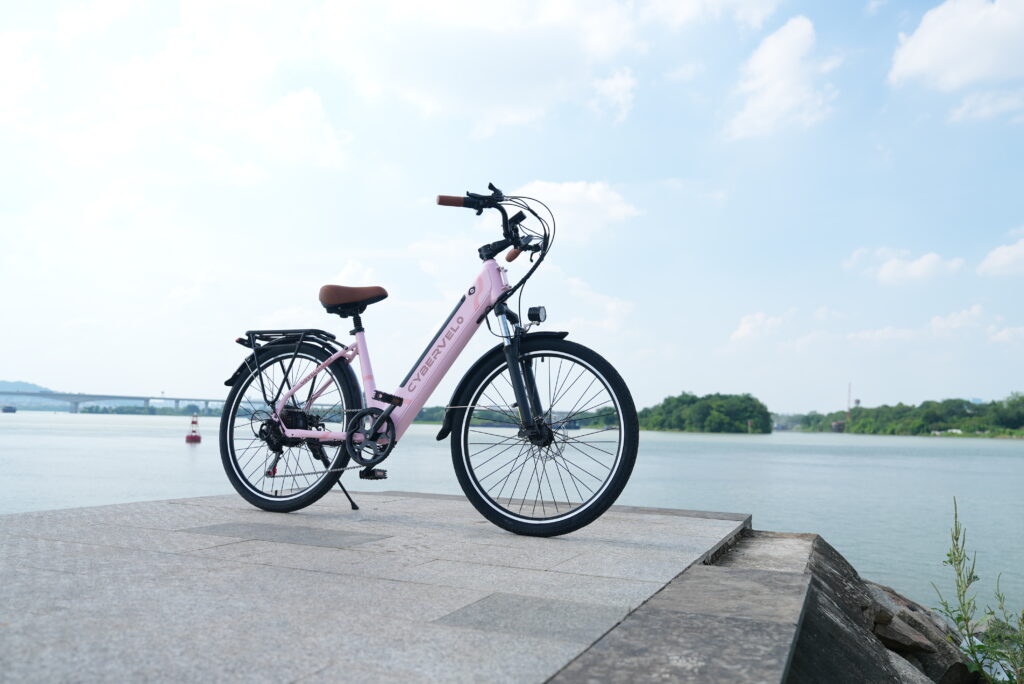- For countless cyclists, hills are the ultimate nemesis of their two-wheeled journeys. They rise as towering, daunting barriers, seeming to act with deliberate malice. They sap not just physical energy. They also drain the hard-earned enthusiasm that fuels every ride.
- Take a casual weekend explorer out for a scenic spin. Or a daily commuter navigating city terrain. Even a seasoned rider training for a challenge. The sight of a steep incline ahead can instantly dampen spirits. Legs burn more intensely with each pedal. Lungs gasp for air. The once-pleasant rhythm of pedaling turns into a grueling struggle. What should be an enjoyable activity becomes an exhausting ordeal. Many would rather avoid it altogether.
- But then comes the e-bike motor. It is a revolutionary technological marvel. It has rewritten the rules of cycling. This component is compact yet powerful. It acts as a silent ally. It is a game-changer. It transforms intimidating steep inclines. They go from energy-draining nightmares to manageable experiences. In many cases, they even become genuinely enjoyable.
- Suddenly, the hill that once loomed like an insurmountable wall changes. It becomes a path to be conquered with confidence. Riders find themselves gliding upward with surprising ease. The motor’s assistance amplifies their pedaling efforts. They can maintain a steady pace. They no longer face the crushing fatigue that once defined such climbs. Smiles replace grimaces. The sense of accomplishment at the top grows stronger. Why? Because the journey itself was a pleasure, not a punishment.
- Yet, beneath this seamless transformation lies engineering ingenuity. How exactly does this technological magic work? What hidden mechanisms are at play? How does a small motor turn the tide against gravity? How does it transform the physics of cycling uphill? These questions pique the curiosity of riders and tech enthusiasts alike. They invite us to delve into the inner workings of this device. It has redefined accessibility and enjoyment in cycling.
The Power Boost: At the heart of every e-bike is an electric motor, typically integrated into the hub of a wheel (front or rear) or mounted near the pedals (mid-drive). When you pedal and select an assist level (e.g., Eco, Tour, Sport, Turbo), sensors detect your pedaling force (torque) and/or cadence. The motor then seamlessly adds its own power, multiplying your effort. On a hill, this means you can maintain a comfortable pedaling cadence and effort level while traveling significantly faster than you could unassisted. The motor effectively “flattens” the incline by providing the extra push needed to overcome gravity.
Mid-Drive vs. Hub Motors: The location matters for hill climbing. Mid-drive motors, positioned at the bike’s crank, leverage the bicycle’s gears. This means the motor’s power is multiplied through the gear range, just like your own pedaling power. When you shift into a low gear for a steep climb, the motor also benefits from that gearing advantage, delivering maximum torque (rotational force) where it’s needed most. Hub motors (especially rear hub) also provide substantial assistance on hills, but they don’t inherently benefit from the bike’s gearing. High-torque hub motors are designed specifically for strong hill-climbing performance. Both types make hills dramatically easier; mid-drives often feel more natural and efficient on very steep terrain.
Torque is Key: When evaluating hill-climbing ability, look for torque ratings (measured in Newton-meters, Nm). Higher torque generally equates to better hill-climbing prowess. Motors ranging from 50Nm to 85Nm+ are common, with higher numbers offering more effortless climbing. A motor with strong torque allows you to tackle steep gradients without needing excessive pedaling force or grinding to a near halt.http://内链:https://regic.net



